Rather than wading into the debate as to whether a tree covered in beautiful cherry blossoms or a piece of cutting edge technology is the more representative symbol of Japan, you could split the difference by awarding the title to one of the sakura cherry trees grown from seeds that were taken into space. Not only do they combine the country’s admiration of both nature and innovation, their seeds’ journey to the stars seems to have imparted some of them with the amazing ability to bloom in just half the time of regular cherry trees.
Posted by Casey Baseel (Page 511)
Our Japanese-language correspondent Kuzo is currently making his way through Thailand, and while we’re happy he had such a good time at the country’s famous water festival, frankly we’re a little worried about the guy. We think all the excitement may have frazzled his brain, since he recently sent us a batch of pictures of himself eating what appears to be a hamburger-shaped novelty pillow.
Wait, that’s a real burger?!
When Final Fantasy VII was first released in 1997, gamers around the world emotionally connected with it in a way that had never been seen before. Years later, the game still occupies a special place in many people’s hearts, with many clamoring for developer Square Enix to release a version with graphics updated to today’s standards.
But even as so may ask for a new edition of the game that looks better, you won’t find anyone asking for one that sounds better, as the role-playing classic’s soundtrack is one of the most universally-loved musical collections to ever come out of the medium. As testament to its lasting appeal, a Final Fantasy VII symphony concert will be held in Tokyo this summer.
Japan’s mountainous topography means that real estate is always at a premium. The towering skyscrapers of major cities like Tokyo, Yokohama, and Osaka are a natural response to this, as often there’s no direction left to build but up.
We couldn’t help but wonder if the chefs at Denny’s in Japan were inspired by the country’s urban architecture when they created the newest indulgence on their menu, the Tower Pancake, which, especially for a country not exactly known for its gargantuan servings, is quite the gastro challenge.
Back when I was growing up in Los Angeles, as anime was just establishing a foothold overseas, my high school animation teacher gave us a class project of reproducing an existing animated character of our choosing. As I applied the finishing touches of green and pink paint to mine, I got some quizzical looks from my classmate, and more than a few comments of, “Dude, do you have a thing for girls in pleated skirts?”
As accurate as their insights were, my choice of subject had nothing to do with my preferences in women’s fashion, and everything to do with being a huge fan of the anime Sailor Moon. Confused as my classmates had been, the series’ phase of international obscurity was short-lived, and now not only is Sailor Moon loved around the world, it’s got its own art exhibit going on in Los Angeles right now.
With Lady Gaga’s rehabilitation from hip surgery apparently having progressed enough that the pop star is ready to contend with a grueling performance schedule, she’s about to kick off a world tour celebrating her third album. But with millions of eyes on Gaga, she needs an opening act with a fan base large enough to do justice to the scale and importance of the six-month event, dubbed ArtRAVE: The ARTPOP Ball.
Fittingly for a singer who’s made a name for herself with her provocative stances on image, perception, and reality, before Gaga takes the stage, concert goers will be entertained by a vocalist who doesn’t even exist in three-dimensional space: virtual idol Hatsune Miku.
As so much of video game and animation character design shifts from sketching on a piece of paper to modeling on a computer, I’ve often wondered about the differences in the two skill sets. Not long ago, designing a character was about imagining how to express the three-dimensional human form using lines on a flat surface, but now, the arguably more valuable skill is being able to break that form down into minute building blocks, then render and reassemble them digitally.
The 3-D graphic method is a lot closer to building something out of blocks than drawing a portrait, so it’s actually quite fitting that one Lego enthusiast decided to use Japan’s favorite digital diva, Hatsune Miku, as his muse in making a life-size recreation of the virtual idol.
At midnight on April 1, everything you can shop for in Japan got a little bit more expensive as sales tax rose to either percent. Thankfully, this three-percent hike was announced well in advance, giving consumers a chance to stockpile staples such as toilet paper, detergent, and other dry goods ahead of time.
Unfortunately, there’s one other necessary yet perishable staple of our lifestyle that we couldn’t hoard: hamburgers. With the amount we eat, that extra three percent of tax works out to a pretty hefty chunk of change.
Thankfully, at the same time as the tax increase took effect, so did a new McDonald’s Japan policy offering free double portions of pickles, onions, and sauce on the chain’s sandwiches.
Although the association of carnations with Mother’s Day began in the United States and stretches back over 100 years, I grew up never really being conscious of it (likely due to some combination of being a terrible son and having little interest in historical events that didn’t involve swords).
In Japan, though, most people are aware that carnations are a symbol for Mother’s Day, and a bouquet of the flowers is by far the most common gift given on the holiday. But while mothers across the country appreciate the gesture, one survey says there’s something they want even more: electronics.
Just as you can broadly divide academic subjects into arts and sciences, in Japan people are often referred to as being “science-type” or “art-type,” with the first describing someone who holds everything up to the light of logic, and the latter for someone who applies more romantic standards.
Recently, Japanese Twitter users have been sharing their theories on the way this difference in fundamental mentality can affect a person’s attitude and feelings about such a wide range of topics such as not being too busy to see their dating partners, what happens when snow melts, or even their reactions to famous anime movie lines.
Do you ever wonder what Teddy Roosevelt’s favorite kind of juice was? It’s hard to imagine the 26th President of the United States having to do anything as trivial as deciding between orange and apple, but after a long, hard day of riding moose and judo-tossing William Howard Taft, no amount of influence and respect is going to keep you from getting thirsty, and it’s a choice that has to be made.
But while the late Teddy’s fruit nectar preferences may be lost to antiquity, we can now say for certain which brand of tea the Dalai Lama reaches for when he visits a Japanese convenience store.
The snack aisle of Japan’s convenience stores is a fiercely competitive marketplace, and just about every week sees the release of some new flavor of candy or potato chip trying to steal the spotlight from its rivals. But while many of these pretenders to the throne of snack foods are only on sale for a few months or even weeks, the spicy potato rings called Bokun Habanero have been on sale without hiatus for over a decade.
Still, you have to keep evolving in order to stay ahead, and next month will see the release of a new Bokun Habanero that’s 10 times hotter than the normal version.
Each April, as the new academic year starts, it’s customary for schools in Japan to hold an entrance ceremony for incoming students. The new pupils assemble in the auditorium, sit quietly while the principal and teachers make speeches, and often sing the alma mater.
For the students, listening to a bunch of grown-ups drone on about the value of education isn’t exactly riveting, and it’s debatable if the words of wisdom that are imparted really make any difference at all in their academic careers. For parents, though, this is a special day. They can appreciate the ceremony as the rite of passage it is, and it gives them an excuse to snap a picture with their child wearing their brand new uniform, which will quickly become too small for them as they grow up all too soon.
It’s a sentiment any parent can feel, even – or perhaps especially – parents who are educators themselves. However, one high school teacher in Japan is being publicly criticized for skipping her school’s entrance ceremony to attend her son’s, instead.
When surveys are done asking people which neighborhood of Tokyo they’d like to live in, Kichijoji often tops the list. It’s not hard to see why, as it’s filled with fashionable cafes, restaurants, and bars (including one with an airsoft firing range), and nearby Inokashira Park is one of the capital’s best cherry blossom viewing spots.
Safety is also an important concern in choosing a place to live, and at least for a day, Kichijoji had this in spades, as the Ingram, the giant robot used in the Patlabor science-fiction films, showed up last weekend.
Even as the Ingram was standing tall though, the films’ director, Mamoru Oshii was tearing down the dreams if aspiring mecha pilots everywhere by firmly stating his belief that we’ll never see giant bipedal robots in any practical, real-life application.
Eating and drinking are two of our favorite necessary life functions, since they’re both so much more fun than sleeping and breathing. So when we heard, back in January, about a new beer from Suntory that’s specially designed to go well with Japanese food, our three months of anxious waiting until it was scheduled to go on sale started right away.
Well, spring is finally here, and we’ve just recently experienced the joys of stepping outside without an overcoat and admiring the cherry blossoms, so now it’s time for the last item on our checklist of vernal pleasures, as we sample a can of Suntory’s new Japan-centric brew, the all-malt Wazen.
Perhaps it says something about the fundamental goodness of the human heart that once someone is no longer with us, we tend to remember the good things about him or her. Even though the memories of petty differences and irritants tend to fade with time, the happy moments often remain with us, sometimes picking up an even warmer aura as nostalgia colors them.
The phenomena doesn’t just happen with people, though, but video game hardware too. This partially explains why Sega, which discontinued its most recent console well over a decade ago, is seeing a new anime being produced in which the main characters are cute, anthropomorphized versions of the company’s defunct video game systems.
Sake is often referred to as “rice wine.” Some would argue the term is misleading, since unlike wine, sake is brewed, but Japan’s traditional spirit does have something in common with the world’s favorite grape-based alcoholic beverage. As with wine, depending on the ingredients and exact production process, two different types of sake can have very different flavors.
This can make searching for one that suits your palate a complex, if not unpleasant, task. There’s also the fact that most of Japan’s best-tasting sake is produced far outside of its major urban centers, which is why we were surprised and thrilled to find a restaurant in downtown Tokyo offering a sampler of sake from distant Akita Prefecture for just 500 yen (US$4.90). Our excitement only grew when we found out that the deal is also all you can drink.
In a way, it’s slightly ironic that Gundam, Japan’s most venerated giant robot, is honored with a huge statue that stands in the Odaiba district of Tokyo. The original series in the franchise was titled Mobile Suit Gundam, but that 18-meter (59-foot) isn’t going anywhere since not only is it incapable of walking, Odaiba is an island and we’re pretty sure it can’t swim, either.
Coming soon, though, is a more logical wat to pay homage to the franchise: a Gundam train.
In the eight years since it opened, the Lazona shopping center in Kawasaki has become the city’s highest-profile entertainment hub. Conveniently attached to Kawasaki Station, Lazona makes a great place to grab a bite to eat or shop for the latest fashions or electronics.
But like many of the visitors who made the trip to Lazona on April 10, we weren’t there for dining or bargain hunting. We came to see the projection-mapped 60-meter Colossal Titan from hit anime Attack on Titan.
We’ve talked before about the oddities of how Japan’s public broadcaster, NHK, goes about collecting its fees from ordinary citizens. Rather than sending you an official bill in the mail, collectors will come to your door and ask you for a stack of cash to cover the 13,600 yen (US$133) Japanese residents are technically supposed to pay.
However, many people refuse to pony up the money, since there’s no official penalty for nonpayment, and many feel that NHK’s programming is sub-par and rarely watch it. However, should you make one particular NHK collector walk away empty-handed, he just might mark your house for all to see, as he apparently did to one person we talked to.

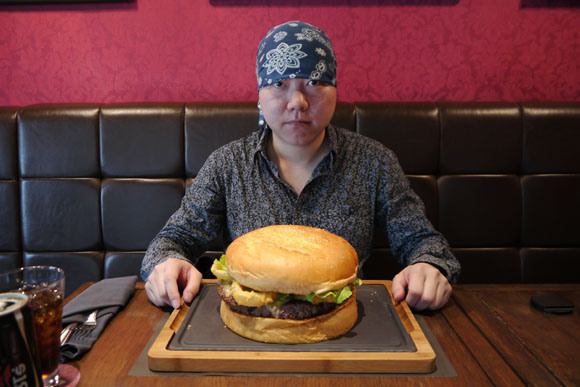
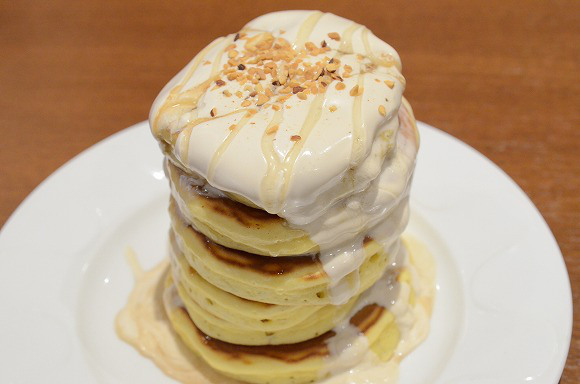
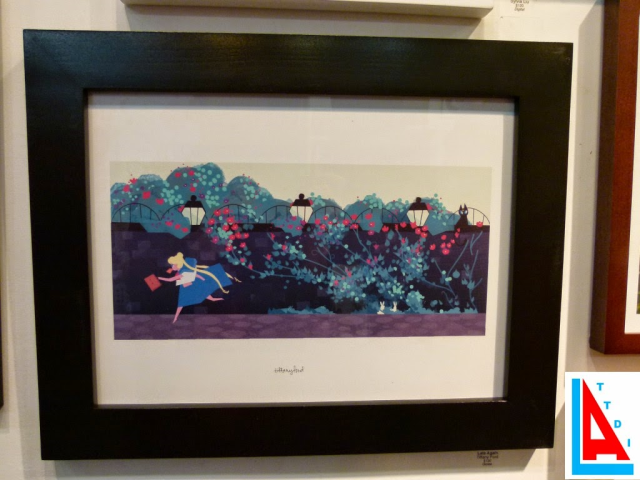
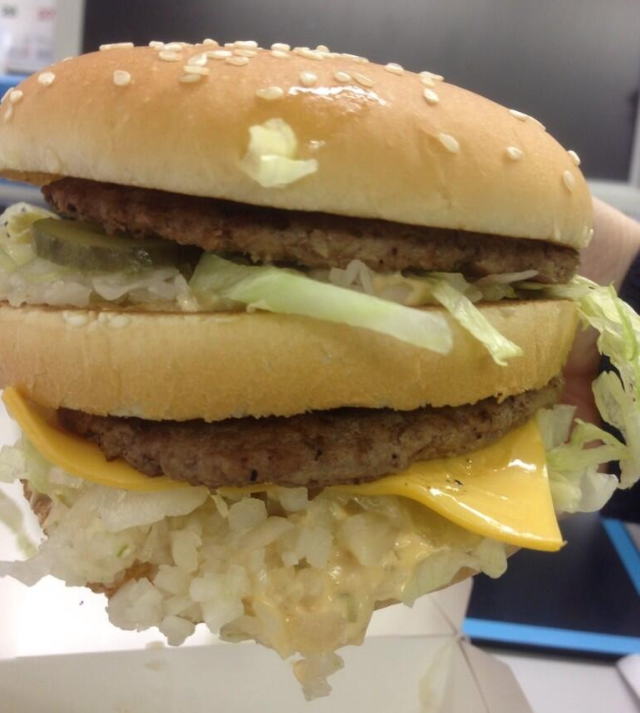
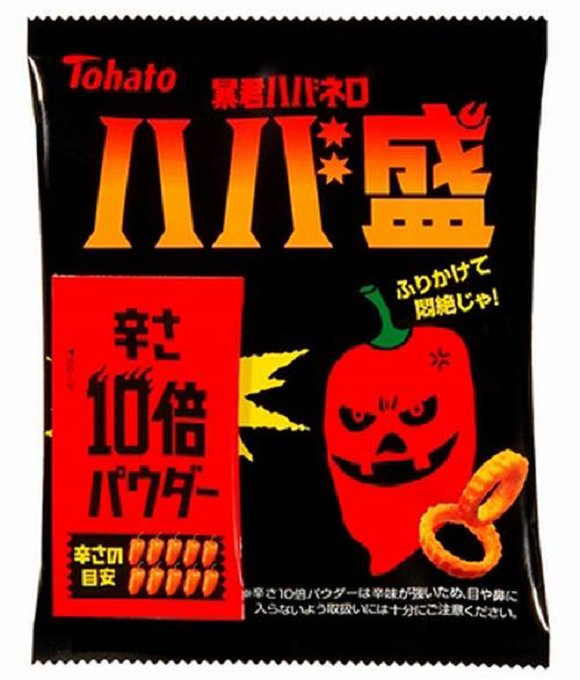
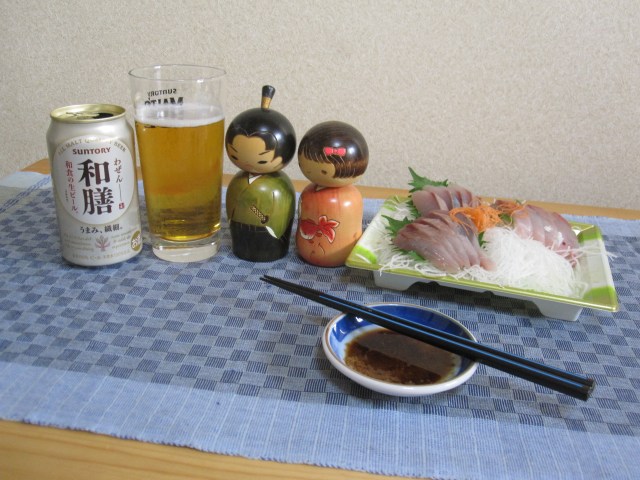

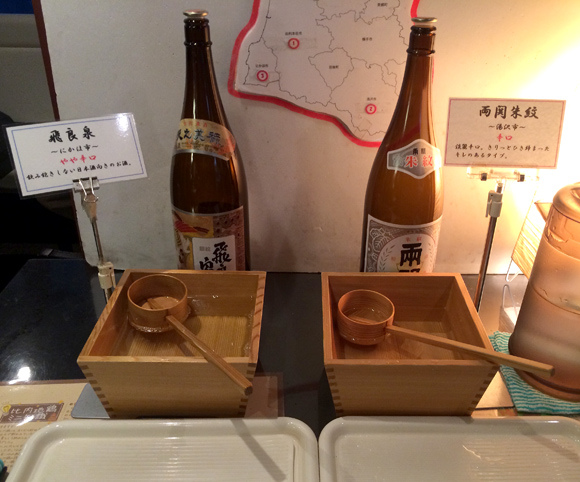


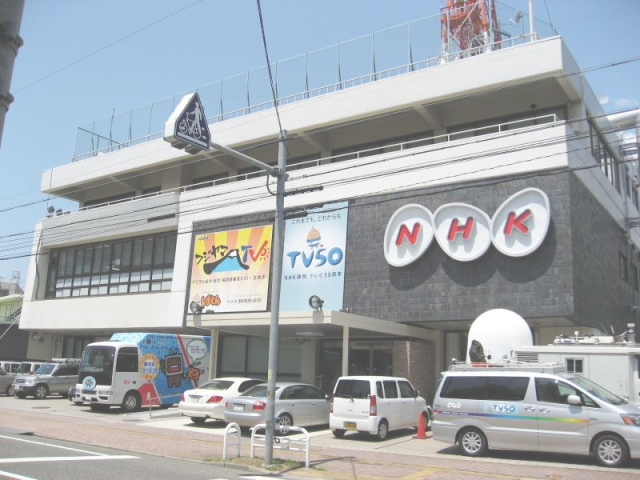
 Ghibli’s Princess Mononoke teams up with Foxfire for outdoor apparel collaboration【Photos】
Ghibli’s Princess Mononoke teams up with Foxfire for outdoor apparel collaboration【Photos】 Mario Kart Happy Meal toys arrive at McDonald’s Japan, and SoraNews24 has the whole set!【Photos】
Mario Kart Happy Meal toys arrive at McDonald’s Japan, and SoraNews24 has the whole set!【Photos】 After cancelling Halloween, Tokyo’s Shibuya neighborhood cancels New Year’s Eve too
After cancelling Halloween, Tokyo’s Shibuya neighborhood cancels New Year’s Eve too Tokyo park’s sea of clouds, nighttime illumination, and cosplay days make now perfect time to visit
Tokyo park’s sea of clouds, nighttime illumination, and cosplay days make now perfect time to visit Samurai ritual suicide contest cancelled by organizer in west Japan
Samurai ritual suicide contest cancelled by organizer in west Japan Japanese job-quitting service contacted by other job-quitting service because employee wants to quit
Japanese job-quitting service contacted by other job-quitting service because employee wants to quit Sanrio and magical girl anime PreCure join forces for new merch line【Photos】
Sanrio and magical girl anime PreCure join forces for new merch line【Photos】 American jackass tourist arrested after carving name into gate at Tokyo’s Meiji Shrine【Video】
American jackass tourist arrested after carving name into gate at Tokyo’s Meiji Shrine【Video】 Starbucks Japan unveils new Holiday goods for 2024
Starbucks Japan unveils new Holiday goods for 2024 Kyoto becomes City of Yokai, with Night Parade of One Hundred Demons festival this autumn
Kyoto becomes City of Yokai, with Night Parade of One Hundred Demons festival this autumn Ghibli Park debuts first winter illumination display with Howl’s Moving Castle theme
Ghibli Park debuts first winter illumination display with Howl’s Moving Castle theme New Ghibli papercraft kit gives you a little Princess Mononoke forest on your desk【Photos】
New Ghibli papercraft kit gives you a little Princess Mononoke forest on your desk【Photos】 Tokyo restaurant isn’t kidding about the name of its overflowing rare wagyu-ju【Photos】
Tokyo restaurant isn’t kidding about the name of its overflowing rare wagyu-ju【Photos】 Off-the-beaten-tourist-track observatory tower in Tokyo has great views of the city…for free!
Off-the-beaten-tourist-track observatory tower in Tokyo has great views of the city…for free! Starbucks releases new Wicked tumblers in Japan
Starbucks releases new Wicked tumblers in Japan Japan’s Pokémon donuts are evolving as Diglett grows into Dugtrio churro!
Japan’s Pokémon donuts are evolving as Diglett grows into Dugtrio churro! Beautiful Japanese garden green tea crepes waiting in Tokyo’s historical Asakusa neighborhood
Beautiful Japanese garden green tea crepes waiting in Tokyo’s historical Asakusa neighborhood Nintendo’s controller capsule toys are so cool, even the machine you buy them from is awesome【Pics】
Nintendo’s controller capsule toys are so cool, even the machine you buy them from is awesome【Pics】 Tokyo Disneyland loses top-attendance crown for Japanese theme parks for second year in a row
Tokyo Disneyland loses top-attendance crown for Japanese theme parks for second year in a row Pringles releases a limited-edition sweet flavour in Japan
Pringles releases a limited-edition sweet flavour in Japan What’s the deal with akebi, the perfectly purple, alien-like fruit that’s in season now in Japan?
What’s the deal with akebi, the perfectly purple, alien-like fruit that’s in season now in Japan? McDonald’s new Happy Meals offer up cute and practical Sanrio lifestyle goods
McDonald’s new Happy Meals offer up cute and practical Sanrio lifestyle goods Foreign tourists on Shinkansen bullet train break suitcase etiquette, angering local passengers
Foreign tourists on Shinkansen bullet train break suitcase etiquette, angering local passengers [Deleted] Article written for April Fool’s Day 2018
[Deleted] Article written for April Fool’s Day 2018 Japanese government to make first change to romanization spelling rules since the 1950s
Japanese government to make first change to romanization spelling rules since the 1950s Foreigner’s request for help in Tokyo makes us sad for the state of society
Foreigner’s request for help in Tokyo makes us sad for the state of society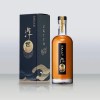 Ghibli founders Toshio Suzuki and Hayao Miyazaki contribute to Japanese whisky Totoro label design
Ghibli founders Toshio Suzuki and Hayao Miyazaki contribute to Japanese whisky Totoro label design Japanese convenience store Family Mart announces abolishment of eat-in spaces
Japanese convenience store Family Mart announces abolishment of eat-in spaces Princesses, fruits, and blacksmiths: Study reveals the 30 most unusual family names in Japan
Princesses, fruits, and blacksmiths: Study reveals the 30 most unusual family names in Japan Life-size vibrating Legend of Zelda Master Sword for sale from Nintendo【Photos】
Life-size vibrating Legend of Zelda Master Sword for sale from Nintendo【Photos】 Doraemon found buried at sea as scene from 1993 anime becomes real life【Photos】
Doraemon found buried at sea as scene from 1993 anime becomes real life【Photos】 Japanese job-quitting service contacted by other job-quitting service because employee wants to quit
Japanese job-quitting service contacted by other job-quitting service because employee wants to quit Sanrio and magical girl anime PreCure join forces for new merch line【Photos】
Sanrio and magical girl anime PreCure join forces for new merch line【Photos】 American jackass tourist arrested after carving name into gate at Tokyo’s Meiji Shrine【Video】
American jackass tourist arrested after carving name into gate at Tokyo’s Meiji Shrine【Video】 Starbucks Japan unveils new Holiday goods for 2024
Starbucks Japan unveils new Holiday goods for 2024 Kyoto becomes City of Yokai, with Night Parade of One Hundred Demons festival this autumn
Kyoto becomes City of Yokai, with Night Parade of One Hundred Demons festival this autumn One in four Japanese women is now over 70
One in four Japanese women is now over 70 Bath noodles — Do you know about this strange Japanese bathing custom?
Bath noodles — Do you know about this strange Japanese bathing custom? We try a delicious hidden gem in Fukuoka, unknown to even Japanese people
We try a delicious hidden gem in Fukuoka, unknown to even Japanese people Japan’s new difficult-to-drink-from beer glass protects your liver, but it’s a brutal experience
Japan’s new difficult-to-drink-from beer glass protects your liver, but it’s a brutal experience Totoro sequel anime Mei and the Baby Catbus will screen at Ghibli Park this winter
Totoro sequel anime Mei and the Baby Catbus will screen at Ghibli Park this winter Mr. Sato experiences the all-you-can-eat bread heaven…at Kamakura Pasta
Mr. Sato experiences the all-you-can-eat bread heaven…at Kamakura Pasta Japanese vending machine sells just one thing at this station
Japanese vending machine sells just one thing at this station Find a red envelope on the ground? Here’s why you should never pick it up
Find a red envelope on the ground? Here’s why you should never pick it up Draw like a Studio Ghibli anime artist with exclusive watercolour set approved by Hayao Miyazaki
Draw like a Studio Ghibli anime artist with exclusive watercolour set approved by Hayao Miyazaki